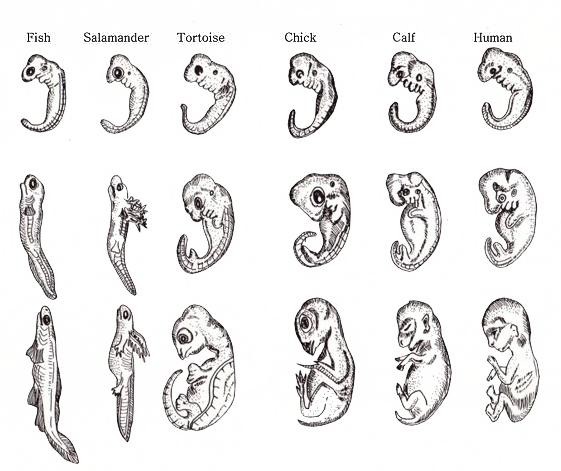So like actually all we've done the last few classes is mitosis. Basically what it is is cell replication so that cells can divide and make more and more and more! Cells are usually in interphase, where they go through 3 stages: G1, S (DNA replication), and G2 (organelle doubling). Next it goes a little something like this!
Prophase: Chromatin condenses and the nuclear membrane disappears.Prometaphase: Chromatin starts to move as the spindle gets its crap together (by that I mean it gets fully organized haha).
Metaphase: All the chromatin lines up in the middle.
Anaphase: The chromatin is split apart to the opposite sides of the cell.
Telophase: Two nuclear membranes are formed around the chromatin.
Cytokinesis: The two new cells are pinched apart and free to live their lives!





